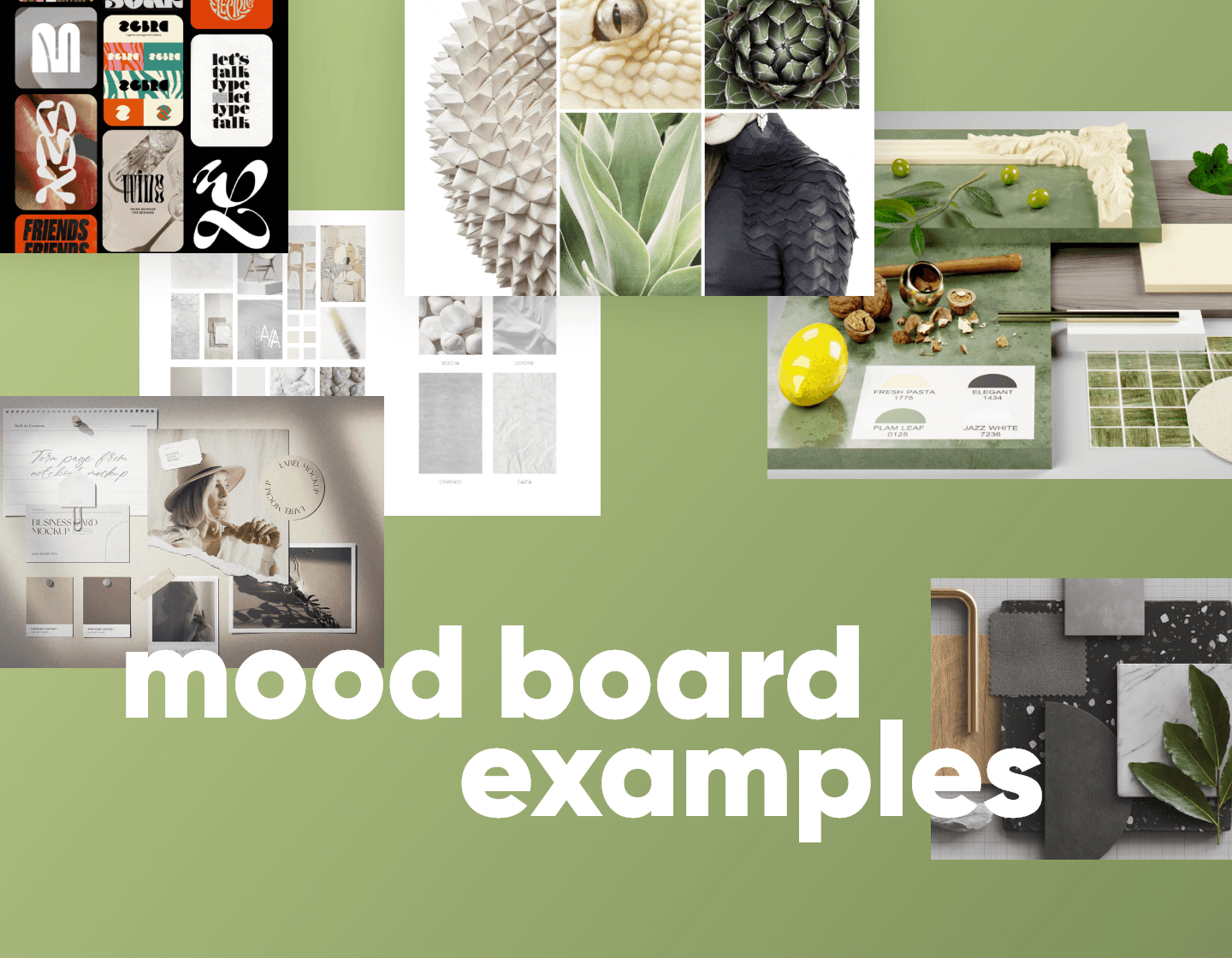In an age where visual storytelling is paramount, mood boards have emerged as an essential tool for artists, designers, and marketers alike. These visual collages serve as a cohesive collection of ideas, inspirations, and themes that encapsulate a particular style or direction for a project. Whether you’re designing a new brand identity, planning an interior space, or creating a website, understanding how to craft an effective mood board can streamline your creative process and ensure that your vision is articulated clearly.
A mood board is not just a random assortment of images; it’s a curated selection that embodies the mood and style of a project. To create one effectively, consider the following steps that can guide you from brainstorming to completion.
1. Define Your Purpose
Before diving into visuals, clarify the purpose of your mood board. Are you aiming to communicate a specific aesthetic for a client project, or expressing a personal vision for a creative endeavor? Knowing the intention behind your mood board will dictate the elements you choose to include.
2. Gather Inspiration
Collect a wide variety of visuals that resonate with your theme. Resources can include magazines, art books, websites like Pinterest, or image banks. Inspiration can come from anywhere—be it nature, architecture, fashion, or graphic design. The key is to pull together a diversity of images that evoke the feelings and ideas you wish to explore.

Example of a moodboard used for a poster design project.
Source: Milanote
3. Organize Your Findings
Once materials are gathered, it’s time to organize. Think about how colors, textures, and images interact with each other. You can categorize your findings by theme or visual relationship. This allows for a clearer vision to take shape and enhances the communicative power of the mood board.
4. Choose Your Format
Mood boards can be created in digital formats using various software and apps. Platforms like Canva offer user-friendly interfaces for making mood boards that are both professional and visually stunning. Alternatively, you can opt for a physical approach, using a corkboard or poster board to pin physical images and textures. The choice depends largely on personal preference and the project requirements.

Creating a digital mood board with Canva.
Source: Canva
5. Focus on Color and Texture
Color and texture are vital elements of an effective mood board. They evoke feelings and dictate the overall ambiance of the design. When assembling your images, pay attention to the harmony in your color palette and the tactile qualities of materials. These elements will help convey the project’s mood more effectively to your audience.
6. Finalize and Present
After organizing and refining your visuals, present your mood board with clarity. If you’re sharing it with clients or team members, take time to explain the choices you made and how they contribute to the overall project goals. A well-prepared presentation can be persuasive and can foster excitement about the project ahead.

An overview of steps and tips for crafting the perfect mood board.
Source: Placeit Blog
Inspiration from Examples
Learning from existing mood board examples can be beneficial. Look into various sources that showcase successful mood boards, such as portfolios of successful designers or artists. Websites like Really Good Designs provide a treasure trove of mood board examples that can inspire and guide your own creations. These inspiring aesthetics demonstrate how different mood boards can impact a project’s narrative.

Examples showcasing a range of mood boards with distinct aesthetics.
Source: Really Good Designs
In conclusion, a mood board is an invaluable tool in the creative process, providing clarity and a shared visual language for designers and clients alike. By understanding how to curate and present this tool effectively, you can enhance your creative projects and drive impactful visual narratives.